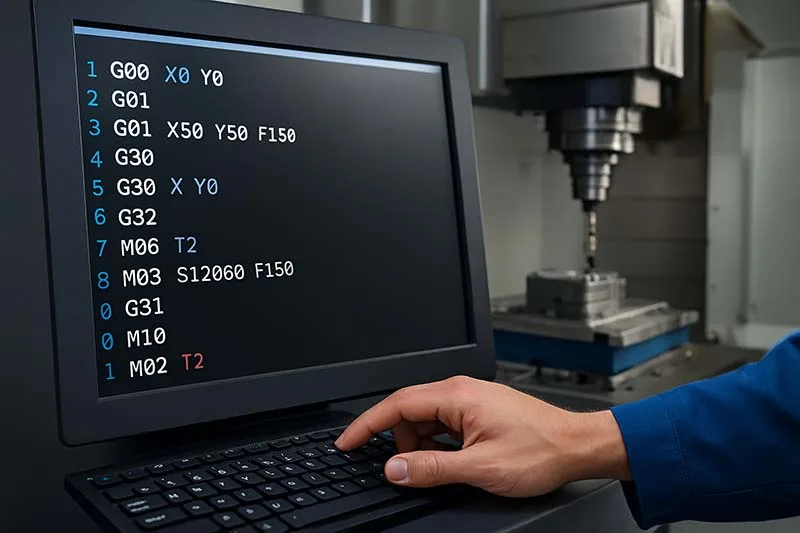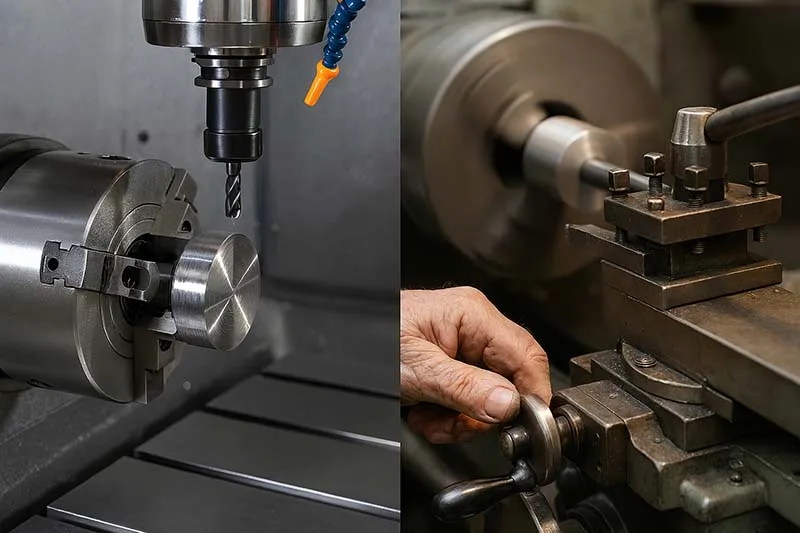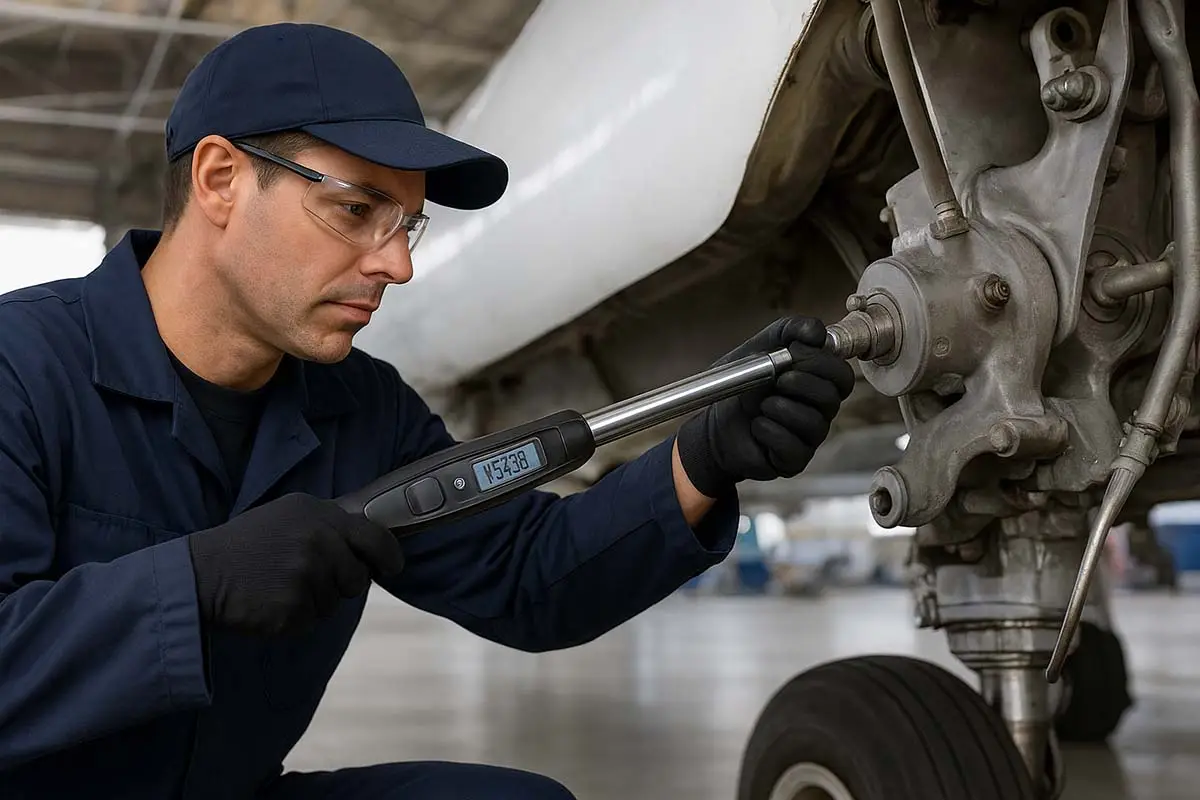Introduction
Whether you’re new to CNC machining or have been around the shop floor for years, certain questions just keep popping up. From “How accurate are CNC machines?” to “Do I really need expensive software?” – the CNC world can feel like a maze of technical jargon and investment decisions. This FAQ article cuts through the noise and gives you straightforward, expert-backed answers.
CNC Machining: What People Are Asking?
What does CNC machining stand for?
CNC stands for Computer Numerical Control. It refers to using computer software to control machine tools like mills, lathes, routers, and grinders. Instead of relying on manual controls, CNC machines follow digital instructions (G-code) for precise, repeatable results.
How accurate are CNC machines?
CNC machines can achieve tolerances as tight as ±0.001 inches (±0.025 mm), depending on the machine and setup. High-end machines like those from DMG Mori or Mazak push precision even further, making them essential in industries like aerospace and medical manufacturing.
What industries use CNC machining?
CNC is everywhere. Key industries include:
Automotive – engine parts, gear systems, custom prototypes
Aerospace – turbine blades, landing gear components
Medical – implants, surgical tools, prosthetics
Electronics – housings, circuit board components
Construction & Furniture – wood routing, custom fittings
Is CNC machining expensive?
The initial investment can be high. Machines range from $20,000 for entry-level models to $500,000+ for advanced multi-axis systems. However, the ROI (Return on Investment) often comes quickly through:
Do I need special software for CNC machining?
Yes. CNC machines need CAM (Computer-Aided Manufacturing) software to generate G-code. Popular options include:
Fusion 360 (cost-effective, cloud-based, beginner-friendly)
Mastercam (powerful, widely used in industry)
SolidCAM (great for complex geometries)
What skills do CNC operators need?
Key skills include:
Reading technical drawings
Understanding materials (metals, plastics, composites)
Proficiency in CAD/CAM software
Machine setup & troubleshooting
Safety awareness
Many operators start with vocational training or certification programs, such as NIMS CNC Certification or Siemens CNC Training.
How safe is CNC machining?
CNC machines are generally safer than manual machining since operators don’t interact directly with cutting tools. However, risks still exist: flying debris, tool breakage, or software errors. Following best practices for CNC safety—protective gear, proper maintenance, and operator training—is essential.
What’s the difference between 3D printing and CNC machining?
CNC machining is subtractive (removes material).
3D printing is additive (builds material layer by layer).
Both have their place: CNC excels in durability and precision, while 3D printing shines in prototyping and complex geometries.
Can CNC machines work with any material?
Almost. CNC machines can cut:
Metals (aluminum, steel, titanium)
Plastics (ABS, nylon, acrylic)
Wood (softwoods and hardwoods)
Composites (carbon fiber, fiberglass)
Each material requires specific tooling and feeds/speeds.
What’s the future of CNC machining?
CNC is heading toward smarter, more connected systems:
Integration with AI and IoT for predictive maintenance
Automation with robotics for lights-out manufacturing
Greater focus on energy efficiency and sustainability
Funny Fact
Some CNC machines are so precise that they can engrave your name on a single strand of human hair. Talk about micro-branding!
Lesser-Known Fact
NASA uses CNC machining not just for spacecraft parts but also for custom astronaut tools, ensuring they can be produced on-demand—even in space with portable CNC setups.
Further Read
Conclusion
CNC machining may seem intimidating at first, but once you understand the basics, it becomes clear why it’s the backbone of modern manufacturing. From cost considerations to safety and future innovations, CNC is both versatile and indispensable.
👉 Did this FAQ answer your burning CNC questions? If not, drop your question in the comments, and let’s get it covered!





